BMW Board Member Talks Mixed Reality and Giving Drivers Choices

BMW’s Frank Weber talked to AutoGuide about the future of the brand during CES 2023.
Frank Weber is not the cagey type. The Member of the Board of Management for Development at BMW is downright effusive, coming off BMW’s CES 2023 keynote presentation the night before. It was here that the world met Dee—or i Vision Dee, to give the color-changing, reality-altering concept car its full name. It’s no wonder: the concept is the talk of the show, and its extensive tech suite raises a whole heap of questions about where BMW as a brand is heading.
SEE ALSO: VIDEO — BMW i Vision Dee is a Technicolor Dream Car with a Full-Windshield HUDWeber set the tone by first talking about what he called “the toughest launch we had to go through in BMW history,” the E65-generation 7 Series. This was the car that debuted the iDrive controller to the public, a development that is now 25 years old. As Weber tells it, the most important change during iDrive development was that the teams working on the physical and digital setups were operating as one larger team.
That was it for the history books, however. For the rest of the 30-minute roundtable, Weber looked forward, addressing the concept car’s full-width head-up display, BMW Mixed Reality, and the next generation of infotainment and driver assist tech, amongst other subjects. Here’s what the BMW Development boss told us.
These interview answers have been edited for length and clarity.
On the Ultimate Driving Machine:
“Is the Ultimate Driving Machine dead because everything happens in the digital world? No, not at all,” states Weber. He stresses that the company sees the digital future as an additive process, not a subtractive one. BMW still builds wicked-quick cars like the M4 CSL, but Weber acknowledges that our reliance on modern tech has complicated the functions behind the wheel. Instead of simply changing stations or picking a phone number out of a list, modern drivers expect fluidity. The ability to alter routes on the fly, to check the details of that restaurant you’re heading to, to search for charging solutions—these are complex functions. Weber acknowledges as much, and maintains that for BMW, they must be handled while keeping the driver’s eyes on the road and hands on the wheel, necessitating new approaches to the human-machine interface.
SEE ALSO: 2023 BMW M4 CSL First Drive Review“I’ll give you an analogy that maybe explains what we’re doing. If you look at our driver assistance systems today—actually, the current 7 Series—and you look at the cooperative way the driver assistance systems work in the 7 Series, you can say “when I drive by myself this is perfectly fine,” and when you engage the system it is actually a seamless cooperation between yourself and the assistant system. It’s super intuitive, it’s super safe—it’s a Level 2 system.
“Would you say that because of having the system, BMW is less of a driving machine? No, no it is not, because there is no Ultimate Driving Machine in congested situations. When you now look at the digital side it’s exactly the same: we believe it is very important for the car to be seen as a device that completely integrates into your digital world.”
On BMW Mixed Reality:
Get the Flash Player to see this player.
One of the stand-out interior features in i Vision Dee—in fact, one of the only interior features, what with its ultra-minimalism—is the Mixed Reality Slider. The left-most position is, in his own words, “pure driving—no assistance, no nothing, no digital enhancements—it’s as pure as it can be, as real as it can be.” Flick the glowing selector to the far-right however, and the experience is the opposite: un-real, with augmented reality visuals laid over the road ahead in real time. Weber is excited about what this five-stop slider represents: user choice.
SEE ALSO: BMW X1 vs Lexus NX 350h Comparison“Now would you imagine that in the future that there are only people who only want to live in the just-pure world, while they are spoiled by devices and everything? Not at all.
“On a Level 3 car, I can do on the windshield whatever I want. I go from Munich to Frankfurt. It’s always the same. Now imagine the future where you say ‘well it’s busy, it’s in traffic’ so you just hit the button, you turn this windshield into something, you just pick the road. There’s no reason to just look at the road in Ingolstadt, you turn this into the road you’d like. It should be possible to have an Amazon jungle drive in the moment—it’s my choice. People are used to that, this is why they like this so much, they say ‘what’s the weather currently in South Africa?’ and then they go into Street View and say ‘how does the house look like?’
“People are used to that. And this is what you have to understand with the concept of blending real things with other real things into something, and the role the vehicle is going to play in this future world. Some of the elements you saw in the show car will go into series production in 2025.”
On driver data:
“The partnership we have done with Qualcomm means that the current system that we have introduced in the 7 Series is an in-house system,” explains Weber. “We agreed with Qualcomm to do a joint development for 2025 of a driver assistance stack. It means we both own the evolution of that tech stack. The goal is to have Level 2, Level 2 plus, and Level 3 functionality. We are very open if others would like to join Qualcomm, and say ‘do you want that system?’ we say ‘yes please.’ The big difference is we keep on our side all the intellectual property, which is for us a very important piece.”
Weber clarifies that this tech stack does not currently include plans for Level 4 driver assistance. The company will launch Level 3 this year in the 7 Series, but even that has been a very long road. The BMW boss calls it capital and engineering intensive, and highlights the extended timeline from when Level 3 was promised (years ago), and when it is now beginning to arrive to the public. He remains positive that full autonomy will happen, but cautions that it too will take more time.
When asked about further integration with tech giant Google— something Mercedes-Benz recently announced—Weber draws a line. “Maps is a difficult thing, because there is one red line that is clear to us. We’ve said it publicly several times: we don’t work with, for example Google Automotive Systems, [because] the moment we lose customer data, it’s uninteresting to us,” explains Weber. “When somebody else knows more about the customer behaviour in a BMW then we are not interested in such a system. This is why we don’t use Google.”
SEE ALSO: 2023 BMW i7 First Drive ReviewWeber also points to integration as a major roadblock. Third-party maps lack the in-car information that is more important in the EV age. The battery temperature, the ideal charging opportunities—this is information the native system has access to. A stronger partnership could conceivably solve this, sure—but then there’s the question of user data again. A chicken and egg scenario, if you will.
BMW’s plans for a full-width HUD in a few years also complicates matters. Optimizing the visible content and its design would not be possible with Google Automotive Services or Apple CarPlay, according to Weber. “Therefore, I think for us it was a very natural thing for us to say ‘oh it’s a full-width, fully visible to all people in the car windshield solution, for us it’s a very appropriate mix.'”
On Dee’s personality and the importance of speech controls:
AutoGuide wrapped up the round-table with a final question about Dee’s personality, the focus on her voice controls inside and out, and how much that might preview upcoming systems.
“Let’s start with how do you operate a system in a world that is moving away slowly from an iDrive controller,” Weber answers. “Speech is for anything that is complex, like a navigation destination, that you just talk to your car, and you don’t even want to have context, you just say ‘Thai restaurant.'” He also mentions more obscure features, like modifying the car alarm system, which may be buried in a less-used sub-menu.
There’s another avenue for voice controls: outside the car. Weber references the walk-up greeting from i Vision Dee, which welcomes the driver, and even uses an avatar beamed onto the side glass. This is a way for the car to provide info even before the drive starts, and an opportunity for a feel-good feature far beyond some welcome lights. “Do you have dogs? you know how it is to come home? There will be a second person in your life who will be happy when you come home!” laughs Weber.
“The idea of having a car that can change colors is not to change the car from yellow to green,” explains Weber. “It is exactly the same thing that the car is becoming alive. Alive means it is not just a static object. It is telling you something about a status, a reaction, it is much more—by the way, this is not ready for series production—but what it means is it starts to communicate like we do.”
BMW is targeting the best mobile devices and speech systems, says Weber. Reaction times and accuracy are key, as is filtering. Nobody wants to ask the rest of the cabin to stay quiet to issue a voice command, so BMW is working to make this easier, the most recent example being the 7 Series.
BMW hasn’t forgotten about the main input device for drivers, either. “Besides speech, because you don’t always want to talk to it, the steering wheel becomes the main point of operating,” says Weber. “Details will follow, but this is the other thing that will happen, the steering wheel is the input, is the controller, that interacts with all the systems. The principle of a full-width, fully visible windshield display is something we will bring into Neue Klasse.”
Become an AutoGuide insider. Get the latest from the automotive world first by subscribing to our newsletter here.

Kyle began his automotive obsession before he even started school, courtesy of a remote control Porsche and various LEGO sets. He later studied advertising and graphic design at Humber College, which led him to writing about cars (both real and digital). He is now a proud member of the Automobile Journalists Association of Canada (AJAC), where he was the Journalist of the Year runner-up for 2021.
More by Kyle Patrick




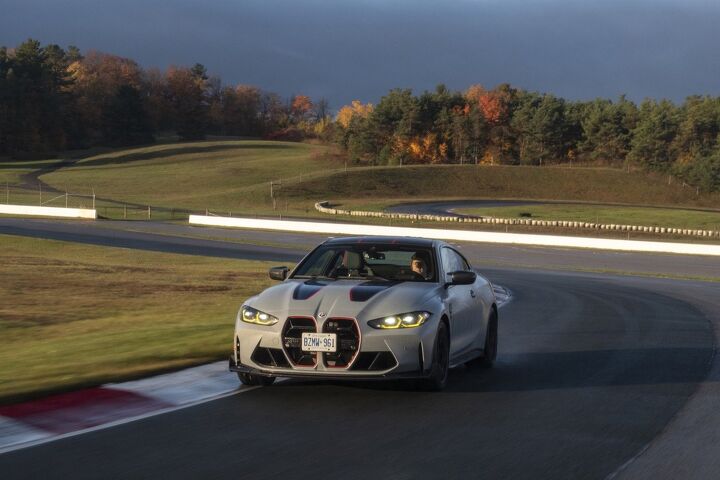


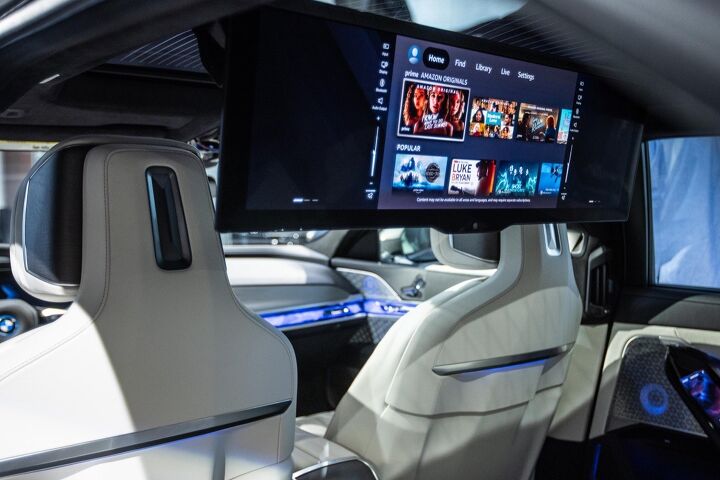

















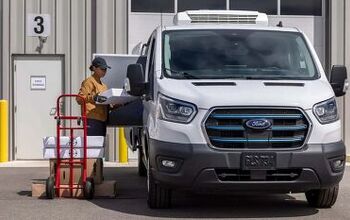


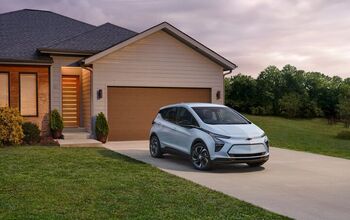
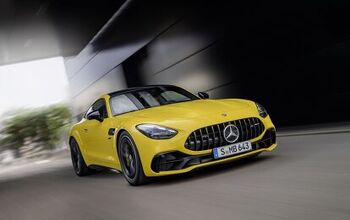

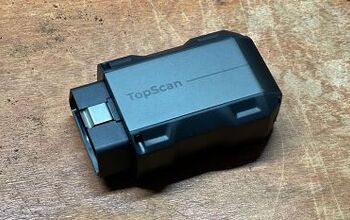
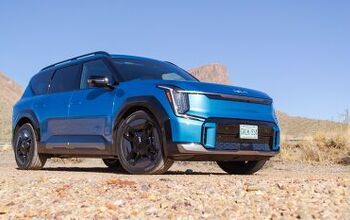
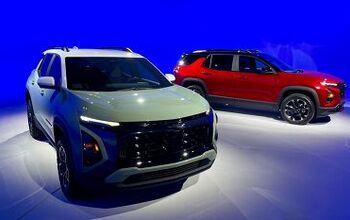




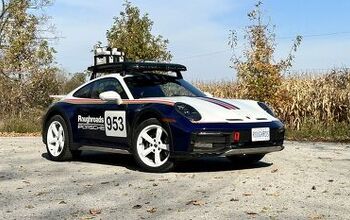
Comments
Join the conversation